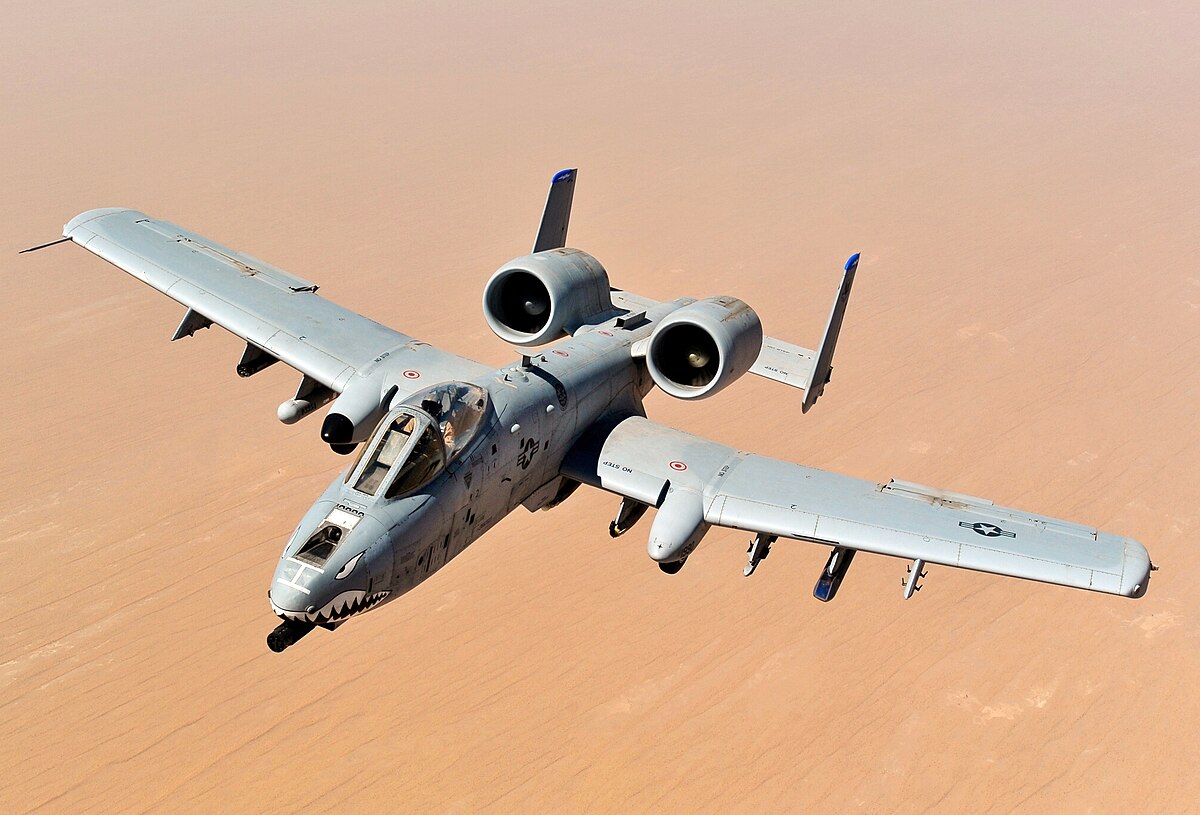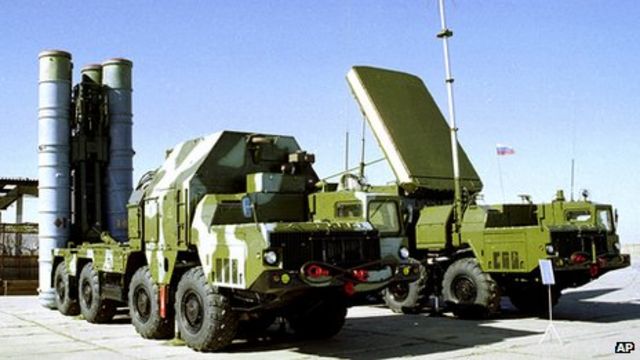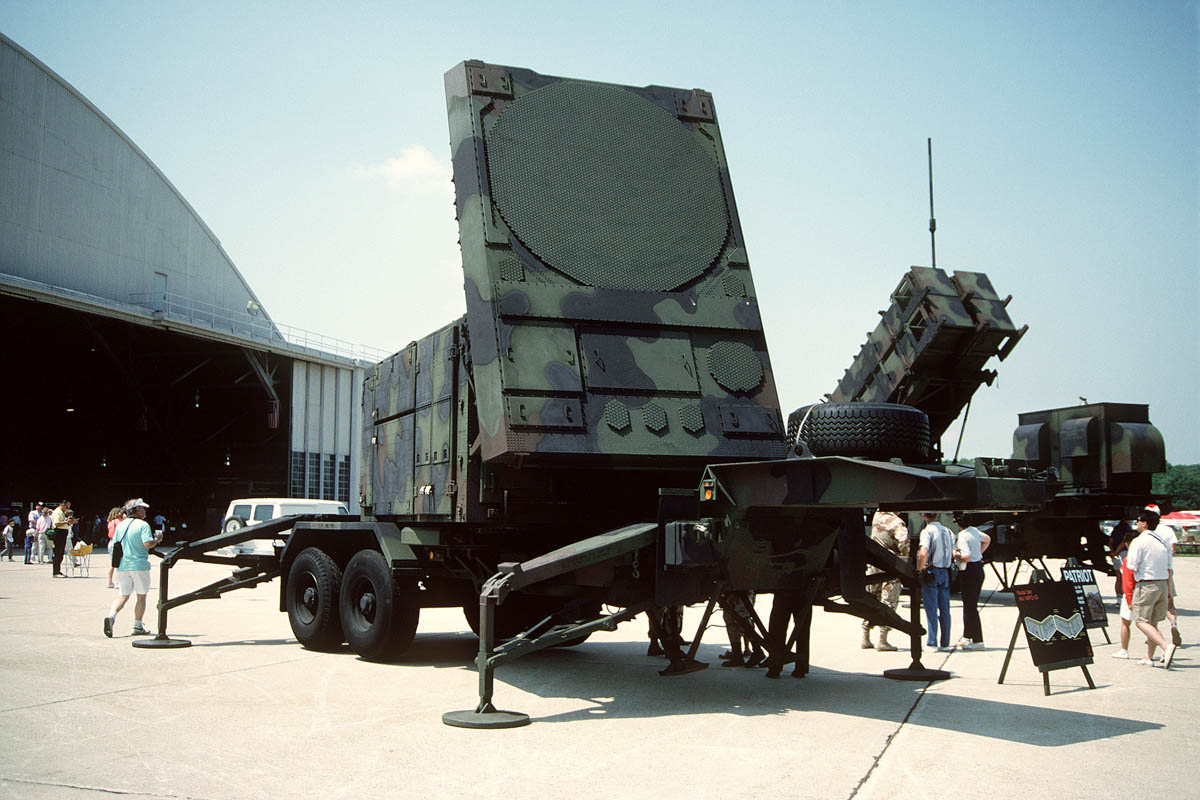Never hurts to have more than a couple of tools in one's toolbelt, especially when some can do a better job for specific roles/tasks than more general ones could.
A challenge with some aircraft that "could" do CAS is they may not be cost effective, or best for that purpose, not to mention they may be needed for other roles and hence have limited availability when you want/need them. The B-52 is one that comes to mind, being large and expensive to get in the air, needing to operate from rather long runways, and is like using a semi-trailer rig when all you might need is a large pickup truck.
Yes, F-15, F-16, F-35 can do CAS missions, but how many will be available for that task, how far away do you base them, are they needed for other missions at the time, and are they any less at risk on CAS than the A-10, not to mention they may be a more expensive system if lost to AA defenses. So some of the asset of the A-10;
...
The A-10 is retiring and the Air Force has no close air support replacement
...
The Air Force plans to retire its legendary
A-10 Warthogs within the next five years and it’s still not clear how the service will be able to provide troops on the ground with the level of close air support that the A-10 brings to the fight.
Although Congress has prevented the Air Force from retiring all or part of its A-10 fleet five times
since 2014, the opposition from lawmakers appears to be softening. The House version of the Fiscal 2024 National Defense Authorization Act would allow the Air Force to retire 42 A-10s, but it would pause further cuts to the A-10 fleet until the service tells Congress how it plans to keep aircrews proficient in close air support using other aircraft.
...
However,
the Project on Government Oversight, or POGO, has uncovered an Air Force memorandum that
the service does not require any active-duty, Reserve, or National Guard F-35 pilots to conduct close air support training.
In fact, the Air Force’s most recent Ready Aircrew Program Tasking Memorandum, which tells commanders which missions pilots should be trained to do and how many training sorties they need to fly to be proficient in them, describes close air support as a secondary mission that F-35 pilots must merely be familiar with, according to POGO, a non-partisan watchdog group.
“Just to drive home the point:
No F-35 pilot of any experience level in any component of the Air Force is required to fly a single close air support training mission in 2023 or 2024,” POGO senior defense policy fellow
Dan Grazier wrote in a February report.
Outside of its fleet of A-10s, the Air Force does not have a single squadron dedicated solely to providing troops with close air support, said retired Air Force Col. Derek Oaks, who led an A-10 squadron in Afghanistan.
The A-10’s 30mm cannon allows it to attack targets within 100 meters of U.S. troops, much closer and more effectively than other Air Force aircraft, said Oaks, who has nearly 3,000 flight hours in the Warthog.
While F-15s, F-16s, and other multirole aircraft can fly several types of missions that include close air support, they are not as effective as single-mission aircraft, such as the A-10, he said.
....
As the reddish highlights show, it's more than just a dedicated aircraft type, but also sufficient and competent training that is of critical matter ~ concern.
...
Despite the Air Force’s concern that the A-10 is too old and slow to survive against advanced Chinese air defenses, Oaks argues that the Warthog would have some advantages over other U.S. aircraft in a war against China.
Not only can A-10s carry many more weapons than other U.S. Air Force combat aircraft, but they also burn fuel much slower than more modern fighters, so they would be much less reliant on aerial refueling tankers than F-15Es, F-16s, or F-35s, Oaks said. A-10s also can take off and land from small runways, and that would become invaluable if China destroyed large U.S. Air Force installations.
With its large cannon, the A-10 could potentially be used to destroy Chinese ships, he said.
“We could do CAS in a contested environment, we would just have to approach it differently,” Oaks said. “You have to worry about electronic warfare, you have to worry about air threats, and you have experts who know how to do that. It’s the same thing as Afghanistan, you’re just employing different experts.”
...
...............
Another question to ask/consider is if the Army or Marines would want to take over the care and use of the A-10 in their inventories if the USAF doesn't want to?
An A-10 Thunderbolt II, assigned to the 422nd Test and Evaluation Squadron (TES) takes off for a test mission with 16 GBU-39/B Small Diameter Bombs at Nellis Air Force Base, Nevada, April 19, 2023. (U.S. Air Force photo by William R. Lewis)






